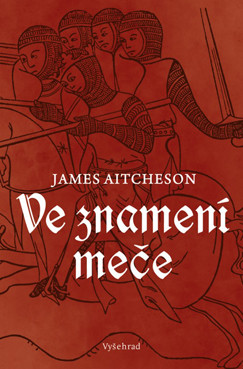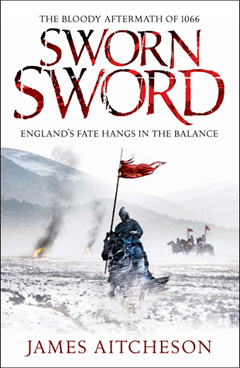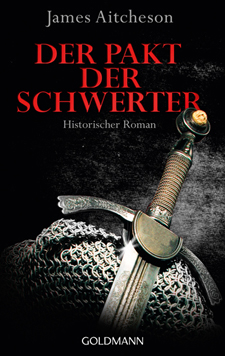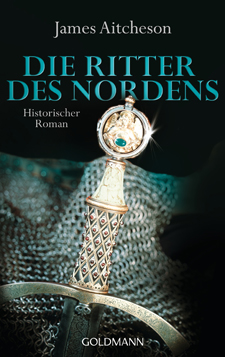Reflections on the Rufus Stone
Just off the A31 between Ringwood and Southampton, in an otherwise unremarkable spot in a clearing on the edge of the New Forest, lies the supposed site of a key moment in post-Conquest English history. On 2 August 1100, King William II (known to posterity as “Rufus” on account of his ruddy complexion) was killed in what is commonly regarded as a hunting accident whilst in the company of his noblemen, including a certain Walter Tirel, who while shooting at a stag somehow found the king’s chest, piercing his lungs and killing him instantly.
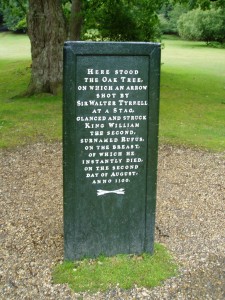
The Rufus Stone, in the New Forest
“… [A]s [Tirel] found [the king] senseless and speechless he leapt swiftly upon his horse, and escaped by spurring him to his utmost speed. Indeed there was none to pursue him, some conniving at his flight, others pitying him, and all intent on other matters. Some began to fortify their dwellings, others to plunder, and the rest to look out for a new king.”
Further fanning the flames of conspiracy theorists is the fact that the king’s younger brother Henry was also among the nobles hunting that day. On hearing of William’s death he rushed to Winchester, where the royal treasury was kept, and was crowned there within days as King of England. Did he, as many have suggested, have a hand in the killing? There is no direct evidence for it, but it cannot be ruled out conclusively.
Nowadays, the Rufus Stone marks the location where William was supposedly slain, though its claims have to be taken with a great deal of caution, since it was not identified as such until the eighteenth century. Indeed, the modern visitor can no longer see the original marker, and the green-painted cast iron “stone” which now stands on the site was erected in 1841 as a result of the first monument “having been much mutilated and the inscriptions on each of its three sides defaced”.
Regardless of the veracity of its claims, the Stone nevertheless serves as a worthwhile reminder of a significant event in English medieval history: one that may yet form the inspiration for a future novel…











